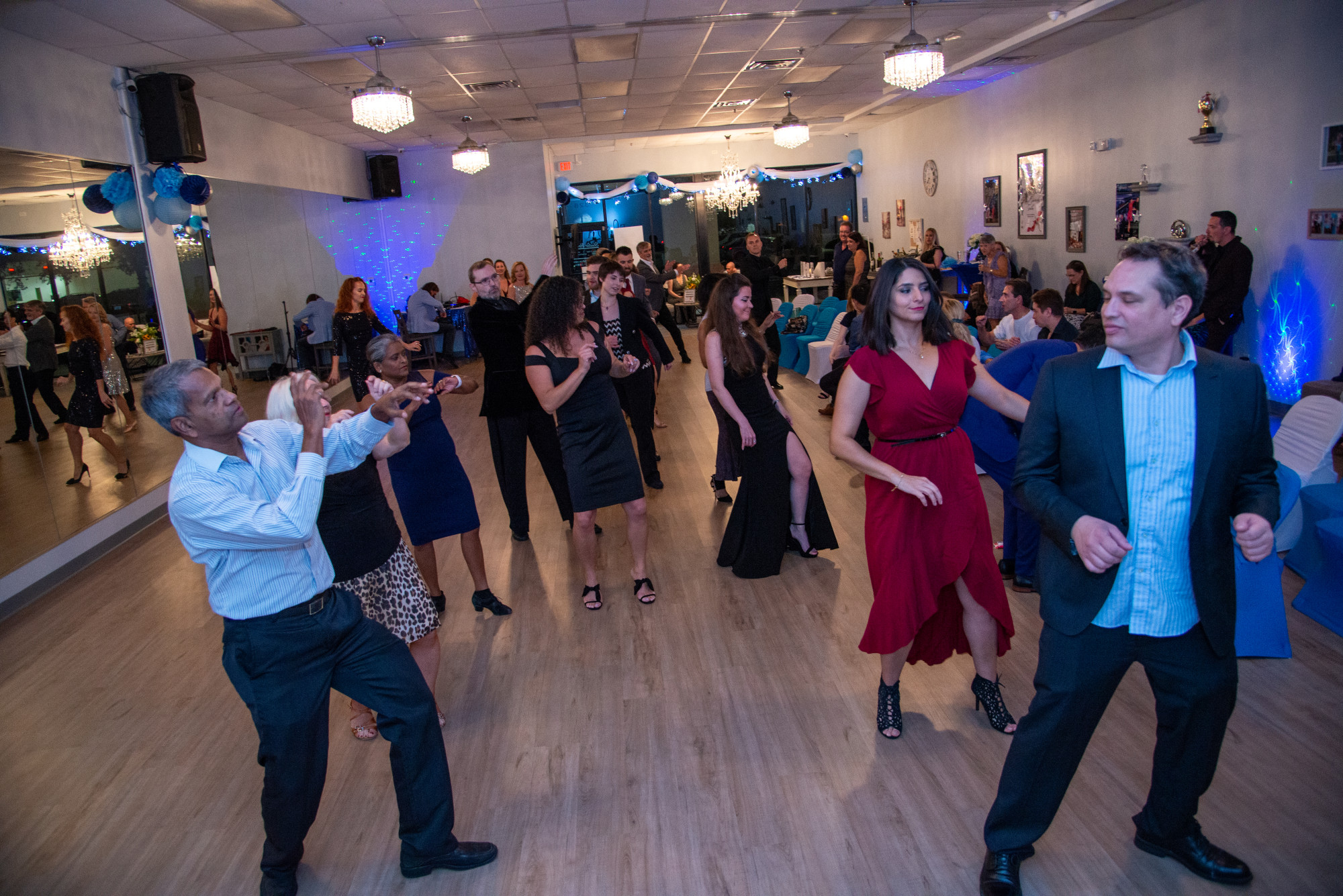Social Dancing Dance Lessons Near Apopka, Florida
Looking to get private dance lessons near Apopka, Florida? We've got you covered! We are conveniently located in Ocoee and ready to help you on your dance journey!

Social Dancing
Social dancing refers to partner dances performed in social settings, such as dance clubs, parties, weddings, and community events. Here's a brief overview:
1. **Informal Setting**: Social dancing is typically done in a relaxed and informal environment, where people come together to enjoy music, movement, and social interaction.
2. **Partner Dances**: It involves various partner dances, including salsa, swing, tango, bachata, merengue, and many others. These dances are often characterized by their rhythm, connection between partners, and improvisational elements.
3. **Connection and Communication**: Social dancing relies on nonverbal communication between partners, including lead and follow signals, body language, and eye contact. The connection between partners is essential for navigating through dance patterns and enjoying the dance together.
4. **Inclusive Atmosphere**: Social dancing welcomes people of all ages, backgrounds, and skill levels. It provides an inclusive and welcoming space for individuals to express themselves, connect with others, and enjoy the music and movement.
5. **Community Building**: Social dancing fosters a sense of community and camaraderie among dancers. It provides an opportunity for people to meet new friends, strengthen existing relationships, and build connections with others who share a passion for dance.
6. **Benefits**: In addition to being a fun and enjoyable activity, social dancing offers numerous physical, mental, and emotional benefits. It promotes physical fitness, coordination, and balance, while also reducing stress, boosting mood, and improving social skills.
Overall, social dancing is a vibrant and enriching experience that brings people together, promotes joy and connection, and celebrates the universal language of music and movement. Whether dancing with friends, family, or strangers, it offers an opportunity to create lasting memories and meaningful connections on the dance floor.